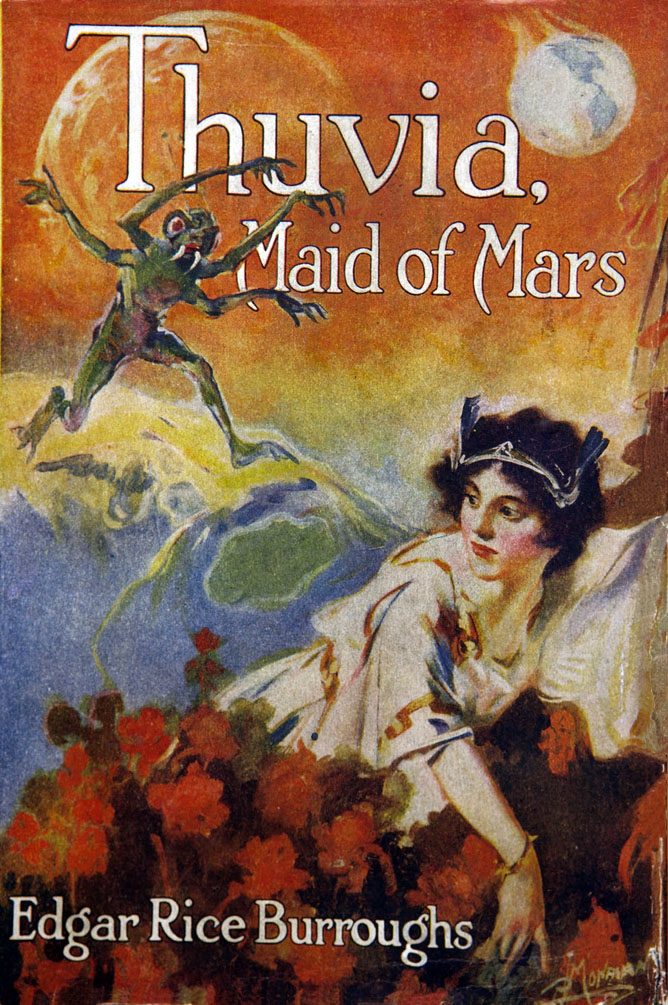
As the twentieth century dawned so, too, did a new form of literature: the pulp fiction magazine. Unlike their more staid predecessors in the realm of popular fiction publishing, the dime novels, these magazines (and their characteristically colorful covers), offered an arena in which newly imaginative and provocative stories thrived. As genres including sci-fi, horror, fantasy, adventure, and mystery took on new traits and achieved new levels of prominence across this era, popular fiction stories offered readers escapes to bizarre new worlds as they recounted tales of strange lands, seas, and planets filled with menacing aliens, mysterious sorcerers, and ravenous creatures from the deep, not to mention the strapping heroes who confronted these frightening foes and the damsels in distress whom they swooped in to save as laser guns exploded, magic swirled, and the timid cowered in fear.
Though they are often dismissed as cheap fodder for mindless pleasure-seekers, this course takes these stories and the influence they had on our world seriously. It investigates the divides between “high”, “low”, and “middlebrow” culture that consideration of the “popular” provokes, considers the long afterlives of these stories and the heroes like Tarzan, Zorro, Conan the Barbarian, John Carter, Buck Rogers, and Doc Savage that they originated, analyzes the visual dimensions of their often colorful and dramatic illustrations, contemplates the divisions between “pulp” magazines and other forms of popular fiction, and weighs the gendered, sexual, racial, and class considerations that affected the stories’ readership and the visions that they cast of the world and the people within it. Though the high-minded don’t always take them seriously, these were some of the most enduring and widely read stories of the modern era. What can they tell us today?
- Teacher: DenisonJames
